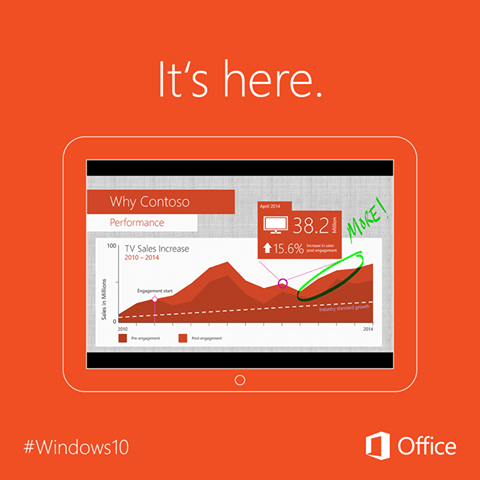The market is saturated with a variety of software licensing models, each with different terms and conditions that the licensee must adhere to, as well as publishers providing their own spin on similar models. We all know what happens if you break those terms and conditions: auditors end up fining the organization large sums of money. Even free software has some form of license.
Top Ten Vendors and their Licensing Models
There are a number of different software licensing models currently offered by software vendors, including a number of emergent models that were not around in the licensing world ten years ago.

*Oracle “Developers License”
**Oracle’s “Update Subscription Service” Note: Whilst the Vendors may not provide subscription licensing, they do provide subscriptions to maintenance and other services.
1. User – License is assigned to a named user who must be identified to ensure the license agreement is validated and the license terms are adhered to.
2. Subscription (user or device) – License only available during time of subscription. No rights to use it pre or post agreement dates (unless agreement renewed).
3. Core/Processor – License is based on the capacity of the CPU/Hard Drive or other hardware configuration elements.
4. Device – Also known as ‘machine based.’ License is locked to an individual machine, allowing for an infinite number of users.
5. Networked (WAN & LAN) – A license that covers machines that is on the same network infrastructure. This is either in Wide Area Network or a Local Area Network format. Also known as “concurrent license.”
6. Cloud Credits – Cloud credits are the unit of measurement required to perform certain tasks or rights to run certain applications provided by the vendor. Hosted in the cloud and are usually a subscription model.
7. Freeware – License requires no purchase but the copyrights are still held by the developer. Developer can sell the software in the future and does not distribute the source code.
8. Font licenses – Font specific license. Related to the fonts used online or internally by an organization.
9. General Public License (GPL) – License and software available for free. Allows users to use, share, and copy and modify the software. Separate legal metrics to ‘freeware
10. Client Access License (CAL, includes both device and user metrics) – Allows users to connect to server software to use the software’s features/functions
The above list is based on the top ten vendors by revenue for the previous financial year. This gives us a good indication as to what the most popular license metrics are, and also helps us predict trends in the licensing market.
Source: http://blog.softwareone.com/the-10-most-common-software-licenses
Continued Reading

July 31, 2015
Office Mobile apps for #Windows10 are here! Created to work in the cloud and on-the-go, now you can enjoy the Office you love from anywhere. Learn more: http://off365.ms/hW4CXw
Office Mobile apps for #Windows10 are here! Created to work […]
LEARN MOREOffice365
Windows10

August 1, 2015
With online access comes education, opportunity
With online access comes education, opportunity by Aimee Riordan, Microsoft […]
LEARN MOREEducation

